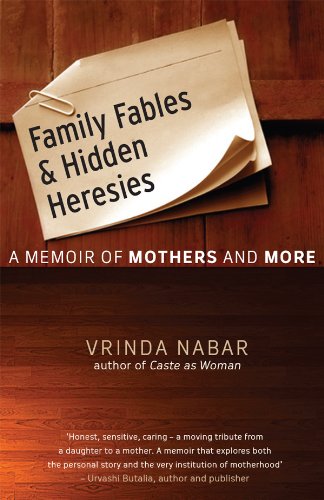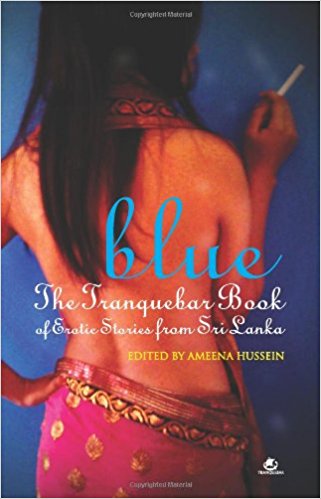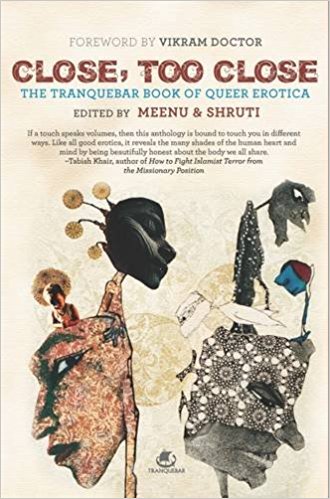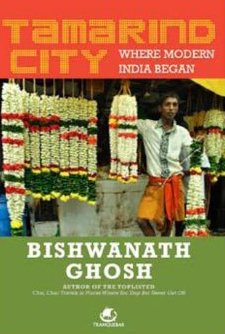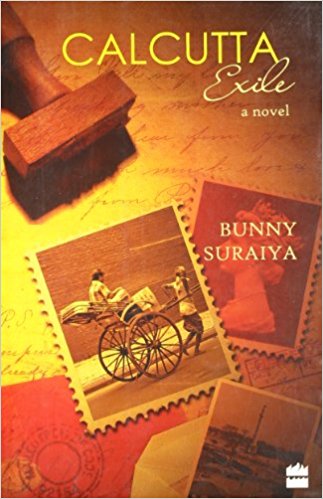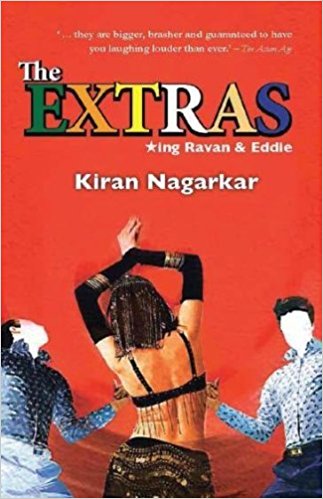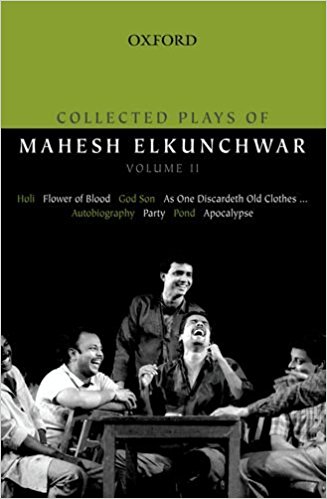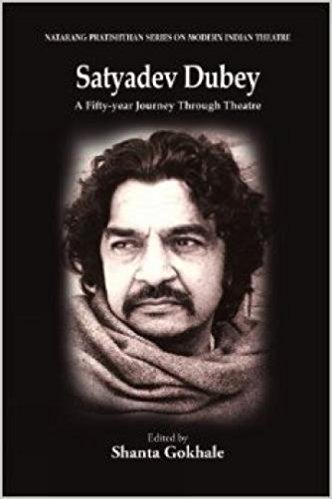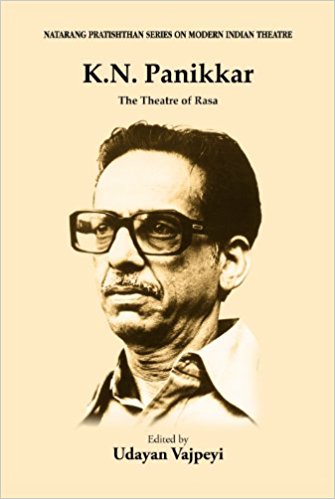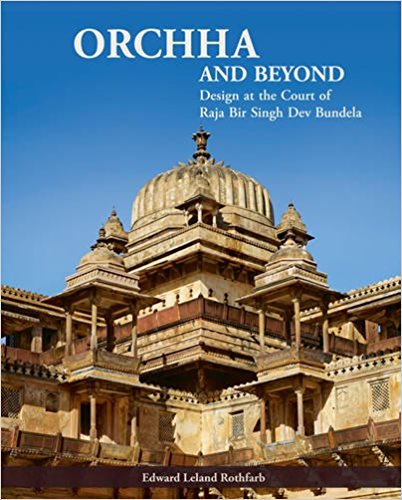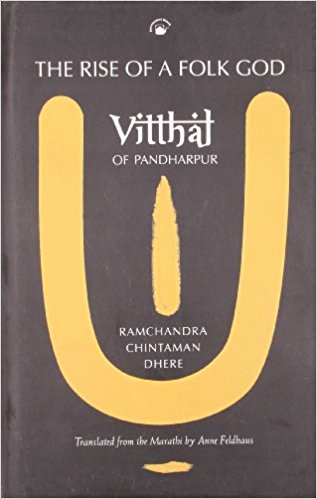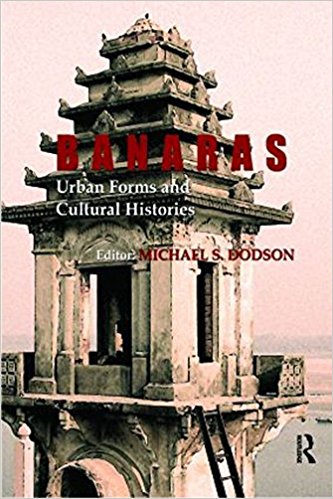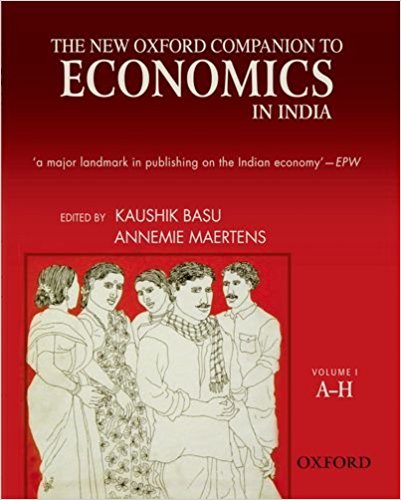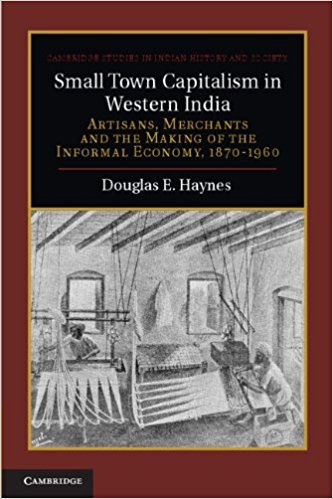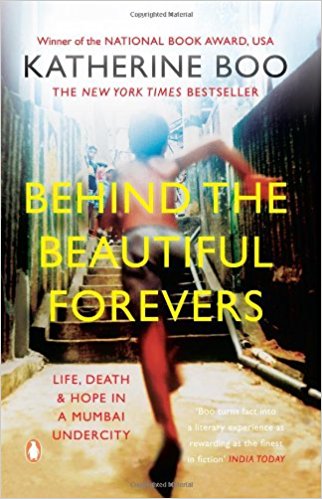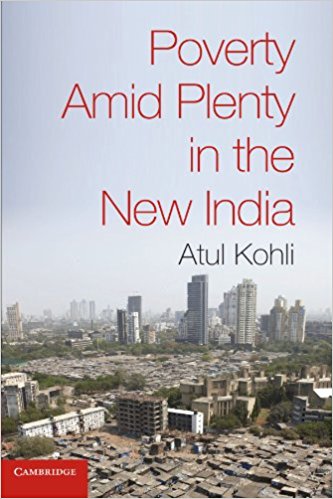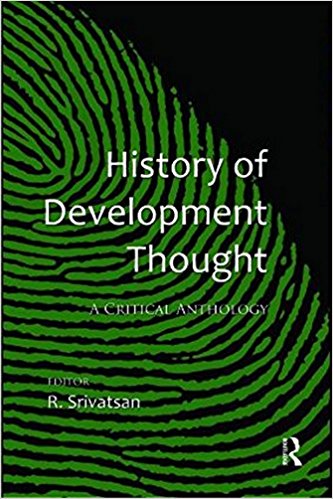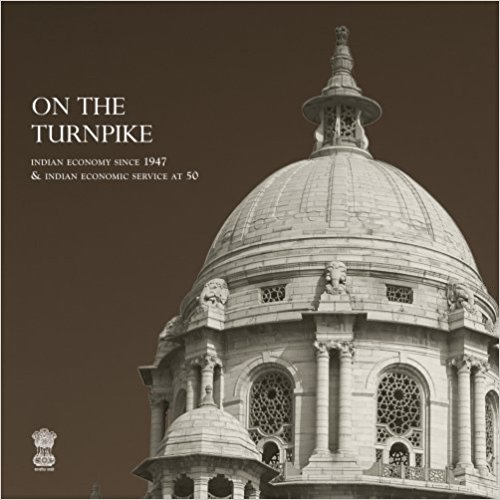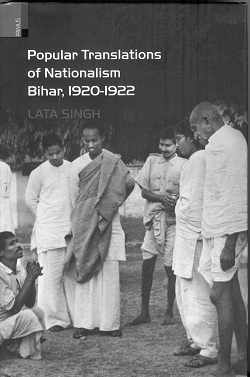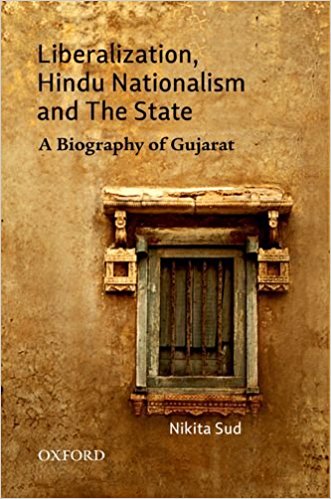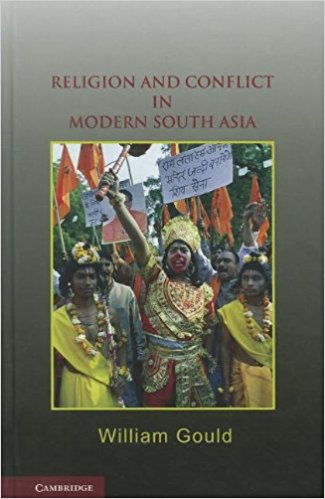A mother-daughter relationship has always been a complex one to decode given its subjectivity. But Vrinda Nabar’s Family Fables & Hidden Heresies: A Memoir of Mothers and More manages to strike that right balance between myopic proximity and clinical objectivity…
Archives
December 2012 . VOLUME 36, NUMBER 12I must admit, I received my copy of this book on the same day as the Guwahati molestation case, and I was riling with anger towards men as sexual predators and women as victims of abuse at the hands of men who can’t control their sexual urges and also society. The act of sex that day at least wore a pall of oppression…
The book opens up a gamut of emotions that rules human psychology. The inner pages carry cartoons of how people are attracted to each other through various mental mappings. Vikram Doctor’s foreword and the editors’ introduction entice the mind leading to such sexual urges…
When I was asked to review Bishwa-nath Ghosh’s Tamarind City: Where Modern India Began, I figured my eligibility had to do with the novel I had written set in the Madras (as it was back then) of the 1970s. I hope I’m right because, if on the other hand…
Bunny Suraiya’s debut novel Calcutta Exile is an impressive and bitter-sweet epilogue to the Anglo-Indian community during its heyday in what was once the ‘second city of the British Empire’. A novel centered around the Ryan family of Sharif Lane in central Cal-cutta…
2012
The usual practice is to turn a book or a story into a movie. What if you could turn a movie inside your head into a novel? Reading through Kiran Nagarkar’s novel, The Extras, that is exactly the feeling you get. The characters, the thrill, the twists and turns…
In Marathi theatre Mahesh Elkunchwar spearheaded a modernism through his plays. They challenged the unequal power relationships between the genders. Opening the win-dows to let out the stagnant air of discrimination was the running leitmotif of the plays…
The directors who shaped the contours of modern Indian theatre were born in the 1920s. Ibrahim Alkazi (b. 1923), Habib Tanvir (1923-2009), B.V. Karanth (1928-2002) and Utpal Dutt (1929-1993) are, arguably, our most important post-Independence directors…
The book under review edited by Udayan Vajpeyi attempts ‘to initiate new areas of interdisciplinary debate and focus critical attention to the interface between theory and practice of modern Indian theatre’, accord-ing to Ashok Vajpeyi, the editor of this series.
‘Dance is a dynamic and expressive performing art… Dance reflects and shapes contemporary local and glo-balized cultures, communicating ideas through the related practices of performing and choreographing. As a lifelong activity for individuals and groups…
Many of us have heard of Orchha—perhaps as a vacation spot dotted with notable architecture. But few of us might be aware of the turbulent history of this kingdom and how its champion, Raja Bir Singh Dev Bundela (r. 1604-1627) shaped it into the jewel it is today…
RC. Dhere’s Srivitthal: Ek Mahasamanvay first published in 1984 is a seminal study in Marathi of the history of the cult of Vitthal in the Deccan region of India. Compre-hensive in its scope and in-depth in the manner in which it envisions the significance of Vitthal for his worshipers and for the lived life within traditional and cultural mores, this study is an invaluable source book.
Banaras is enigmatic; ‘a city of stark contradictions’ that ‘elicits complicated feelings’ and never allows one the satis-faction of a rounded comprehension of its multilayered myriad mysteries. The city’s con-tradictions challenge one’s purse, prudence, and patience but Banaras still retains…
The volume under review can potentially serve as a ready reference for students, teachers, policy makers and researchers, both within the discipline and for those with an interdisciplinary approach. The brief write-ups on the contributions of the doyens of the dis-cipline in India…
It is often lamented, both in academic and popular discourse, that colonial rule had a deleterious effect on the indigenous handloom industry edging the hapless weaver, unable to withstand unfair competition with mill-made cloth, out of the market…
Despite its corny title taken, as Boo and her innumerable reviewers highlight, from an advertising hoarding, Behind the Beautiful Forevers combines fieldwork, ethnography, journalism, and literary flair to devastating effect.1 This effect is perhaps evi-dent in the largely laudatory reviews and more so in the density…
Atul Kohli’s book offers a comprehensive understanding of poverty in India from a political economy standpoint. It covers the growth story of India at the national and sub-national level in its entirety. Broadly divided into three chapters titled as ‘Political Change’, ‘State and Economy’ and ‘Regional Diversity’ the book’s strength lies in its clarity of thought and expression complemented by the use of simple and lucid language…
This anthology of writings, covering a period of fifty years of development thinking from 1954 to 2004, examines some of the debates in development theory that emerged after the Second World War. It is the outcome of research conducted as part of the development initiative of Anveshi research…
In these days of transparency and disclosure, I should state upfront that T.C.A. Srinivasa-Raghavan is a friend I have known for many years. In Business Standard days, he was also a colleague. He has been a journalist and columnist across a variety of business papers and is widely read…
The noncooperation movement was the first mass-based political mobilization on a nationwide scale which involved people from various segments of Indian society. In a sense, it transformed the psyche of the people, trained them in political agitation and made them conscious of their rights…
The nature of the relationship between economic liberalization, of expansion of economic opportunities and liberal poli-tical culture is the subject of this study. Nikita Sud has chosen to study this large question through a political, economic and social bio-graphy of modern Gujarat…
The running threat behind two centuries of violent community conflicts in South Asia is not religion, nor poverty or lack of education. The running threat is the peculiar nature of the South Asian State and the forms of political representation it has engendered…

